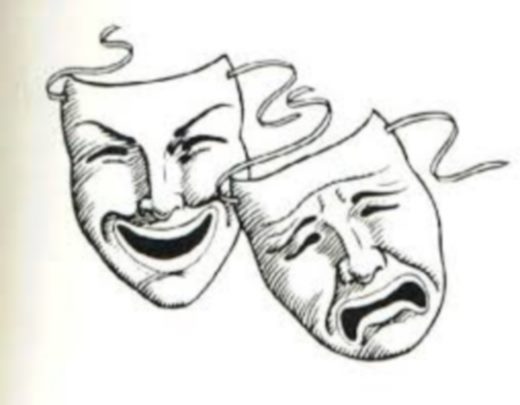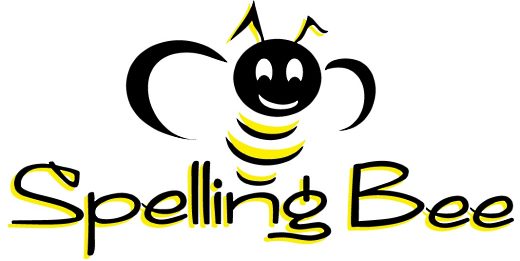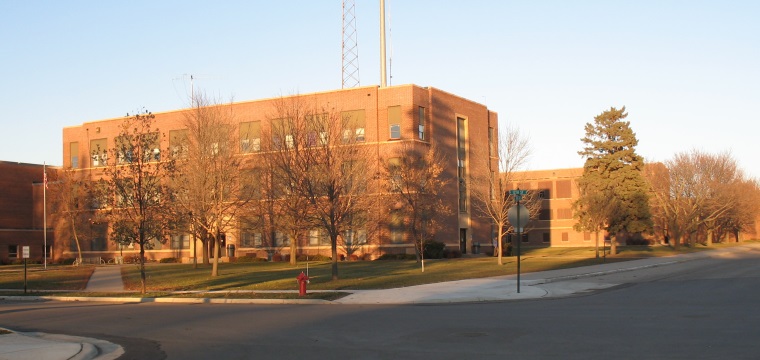Liana Blomgren next in 2016-2017 MLHS senior student editorial series

Beyond the Classroom
For many, extracurricular activities provide a light at the end of the dismal tunnel of the school day, a place where students can be with friends while participating in an activity they enjoy. Extracurricular activities help students relieve stress and provide opportunities for them to form relationships, all while students are nestled comfortably in their own niche. More than providing just friendships and fun, extracurricular activities help students increase their GPA (grade point average) and achieve greater academic success.
Athletics, probably the best-known extracurricular activities, teach habits to students that can help them achieve academic success. According to the University of Kansas, high school athletes have higher graduation rates, higher standardized test scores, lower dropout rates, and higher attendance rates than their non-athlete counterparts. Many schools, including ours, enforce policies that require students to achieve certain grades in classes to be eligible to compete, which teaches students that in order to do what they love, they must first put forth effort in the classroom. In support of these policies, many coaches stress that they coach “student-athletes” with the word “student” first, showing academics should come before athletics. Interestingly, research has shown that athletes typically attain a higher GPA. In a study of 207 high school sophomores and juniors, done by students at Northwest Missouri State University, results showed that those students who participated in athletics had an average GPA of 3.25, whereas those not participating in a sport had an average GPA of 3.01. However, athletics are not the only way students can be involved.
The fine arts, another very popular and equally important type of extracurricular activity, also benefit students both in and out of the classroom. Playing an instrument, taking an art class, or acting in a play exercises the right side of students’ brains, which improves creative and critical thinking, problem solving skills, and reasoning – all very important characteristics for well-rounded students. Just like students who participate in athletics, those in fine arts show higher test scores, higher attendance rates, and lower dropout rates than their less-involved peers. In addition to this, students from low socioeconomic backgrounds, those who speak English as a second language, and students with special needs who are involved in fine arts are more likely to pursue a college education and earn a college degree, according to the Perpich Center, a high school in Minnesota dedicated to fine arts. Undoubtedly, student involvement outside the traditional classroom benefits students.
Statistically, the advantages gained by participating in extracurricular activities are clear, but involvement in such activities also teach students time-management, teamwork, responsibility, and dedication – all beneficial life skills. Personally, being involved in extracurriculars has taught me how to use my time more efficiently, put the needs of my team before my own wishes, and improve through focus and determination. On the flip side, participating in extracurricular activities can also teach very difficult life lessons. When participating in competitive activities, I have learned how the sweet taste of victory can either cause me to slack off with the mindset that I am already good enough or push me to try harder because I want to experience that feeling of success and accomplishment again. Defeat has handed me similar decision – either give up or push myself to improve and hopefully be victorious the next time. Fortunately, I have learned from extra-curriculars that the second option in both cases is the more rewarding choice.
As shown above, extracurricular activities have numerous positive effects on students. Whether hitting splits on the track, learning to play the oboe, or memorizing lines for the school musical, extra-curriculars help students develop relationships with others, relieve stress, and improve confidence. Additionally, they aid students in developing better habits in the classroom, which leads to improved test scores, higher GPAs, and higher graduation rates. All of these benefits clearly show that time invested in extracurricular activities is time well spent.

















